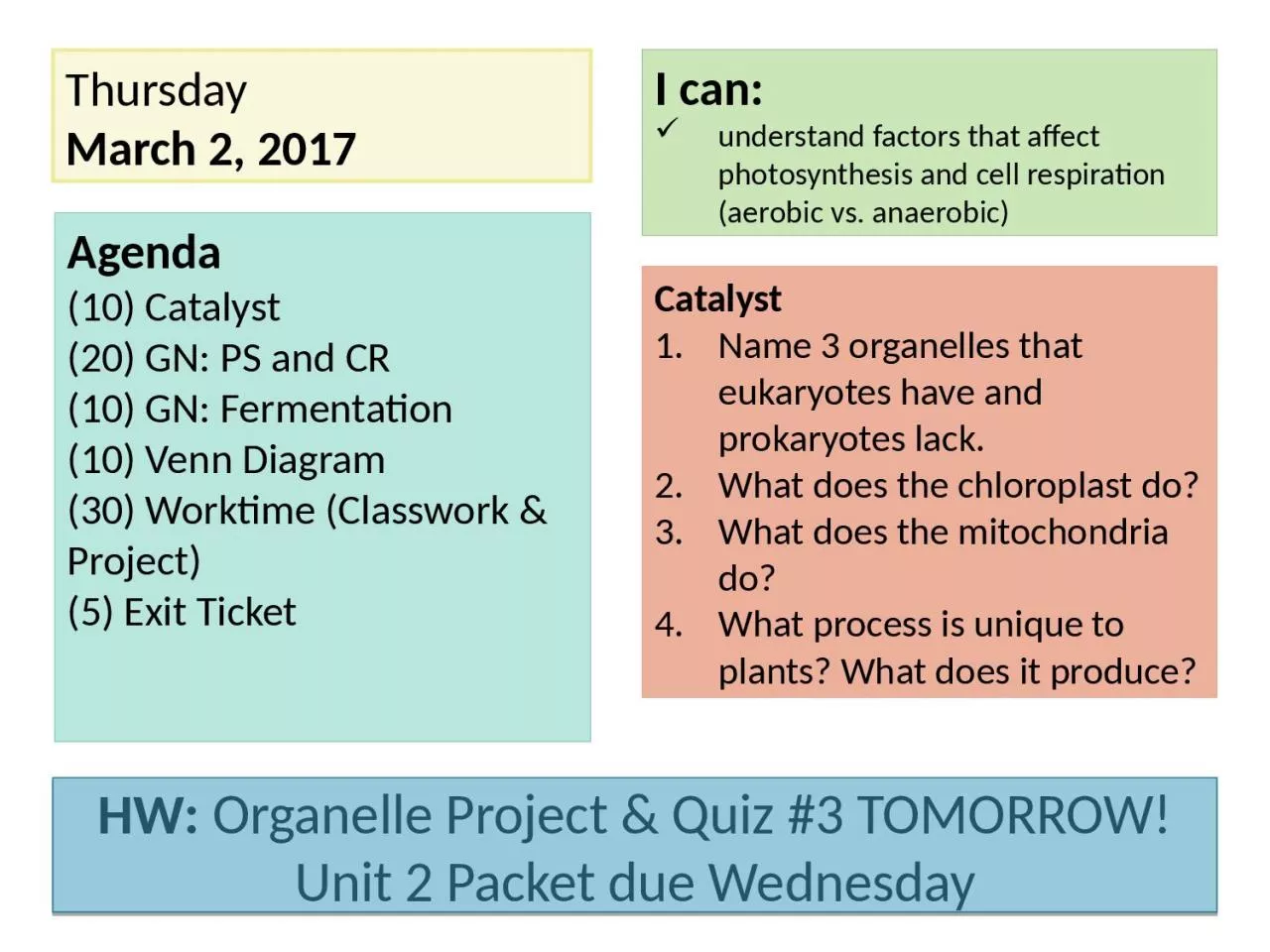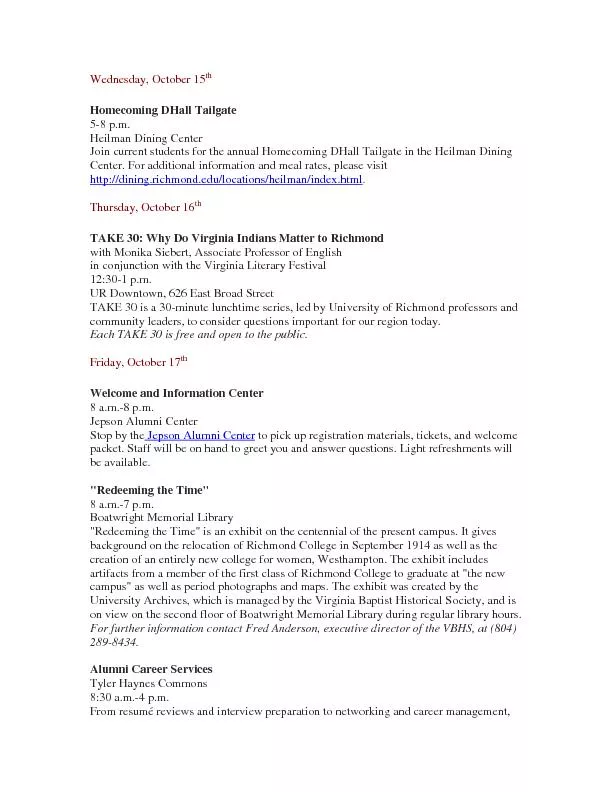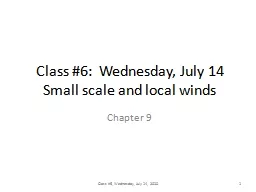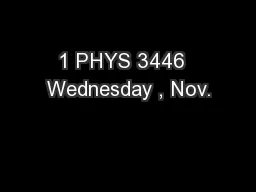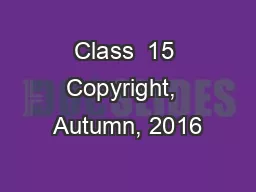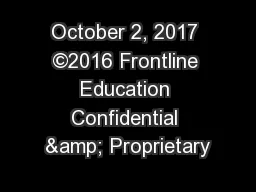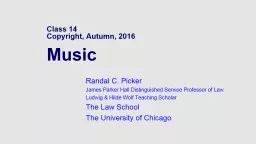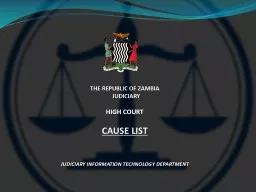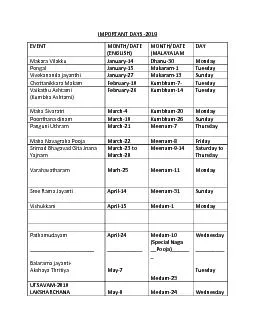PPT-Wednesday October 5, 2016
Author : daisy | Published Date : 2023-11-19
Agenda 10 Catalyst 20 GN PS and CR 20 Classwork PS and CR 20 Organelles Project 10 Exit Ticket I can understand factors that affect photosynthesis and cell respiration
Presentation Embed Code
Download Presentation
Download Presentation The PPT/PDF document "Wednesday October 5, 2016" is the property of its rightful owner. Permission is granted to download and print the materials on this website for personal, non-commercial use only, and to display it on your personal computer provided you do not modify the materials and that you retain all copyright notices contained in the materials. By downloading content from our website, you accept the terms of this agreement.
Wednesday October 5, 2016: Transcript
Download Rules Of Document
"Wednesday October 5, 2016"The content belongs to its owner. You may download and print it for personal use, without modification, and keep all copyright notices. By downloading, you agree to these terms.
Related Documents

